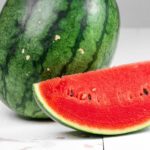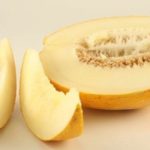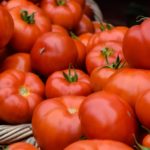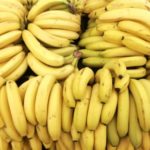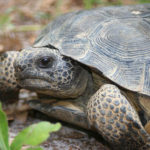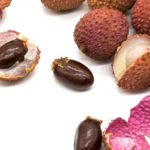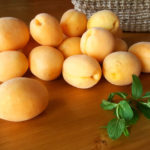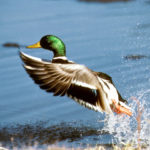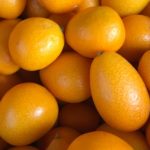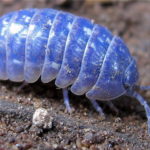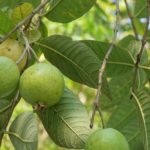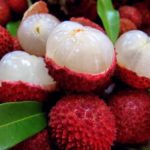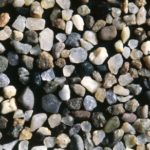27 interesting facts about watermelons
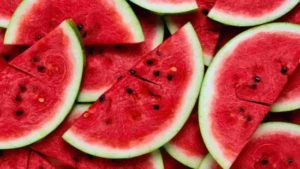 Many people wait for the summer to enjoy watermelons, since in Russia and the neighboring countries they grow only in the warm season. In winter, you can certainly buy fresh watermelon, but it’s far from the fact that it will turn out to be tasty, and it costs a lot this time of year. So eat them when you have the opportunity!
Many people wait for the summer to enjoy watermelons, since in Russia and the neighboring countries they grow only in the warm season. In winter, you can certainly buy fresh watermelon, but it’s far from the fact that it will turn out to be tasty, and it costs a lot this time of year. So eat them when you have the opportunity!
The content of fat and protein in their pulp tends to zero.
Watermelon has a red color due to the content in it of lycopene, a powerful natural antioxidant.
Watermelon was known in ancient Egypt. His images, carved in stone, were discovered in the tombs of the pharaohs.
In total, more than 1200 varieties of watermelons are currently cultivated in the world.
They first came to Russia in the 12th century, but they began to grow them in our region only after five hundred years.
The water content in the watermelon is less than in the cucumber – about 90% versus 95%.
The most expensive is the Densuke watermelon variety. He has no seeds, and his skin is so dark that it seems black.
In the world there are dwarf watermelons growing only up to 3-5 cm in diameter. They are similar in taste to cucumbers and are sometimes used as ingredients for salads.
August 3 is considered International Watermelon Day.
In Ukraine there are two monuments to these fruits. Both of them are located in the Kherson region.
Europeans first met watermelons when they were brought in by the Crusaders from the East.
The sugar content in these fruits is high, but natural sucrose is well absorbed, so even sweet watermelons quench your thirst.
Breeders crossed a watermelon with a pumpkin and called the resulting result a watermelon. To taste, the caboose resembles an ordinary watermelon, but their flesh is orange, like a pumpkin.
In terms of watermelon belong to the berries.
From the peel of watermelon make jams and jams. And it is pickled in the manner of cucumbers, and then eaten as an appetizer.
Fried watermelon seeds taste like pumpkin seeds.
Some artificially bred varieties of watermelons, devoid of seeds, can propagate only by shoots, and without human help they are not capable of this.
In Japan, square watermelons were bred. It’s simple – in the same volume you can fit more square fruits than round ones, which saves money on their transportation.
In the south of Russia there is such a sweet delicacy as nardek, or watermelon honey. For its preparation, watermelon juice is evaporated for a long time over low heat until it thickens and acquires the consistency of honey.
The largest watermelon ever grown weighed nearly 90 kilograms.
In the Russian city of Kamyshin, a watermelon festival is held annually.
In Libya, watermelon seeds were discovered, which, according to archaeologists, are about 7 thousand years old. This indicates that already in such ancient times, people grew these fruits.
Up to a quarter of the mass of watermelon seeds is in fatty oil.
The stems of this plant can grow up to four meters in length.
Most watermelons in the world are grown in China, Turkey and Iran (see 25 interesting facts about Iran).
Scientists believe that the homeland of watermelons is South Africa. From there, these fruits spread to the north, and then fell into the Middle East.
Depending on the variety, the color of the watermelon pulp can be bright red, and pink, and white, and yellow.

